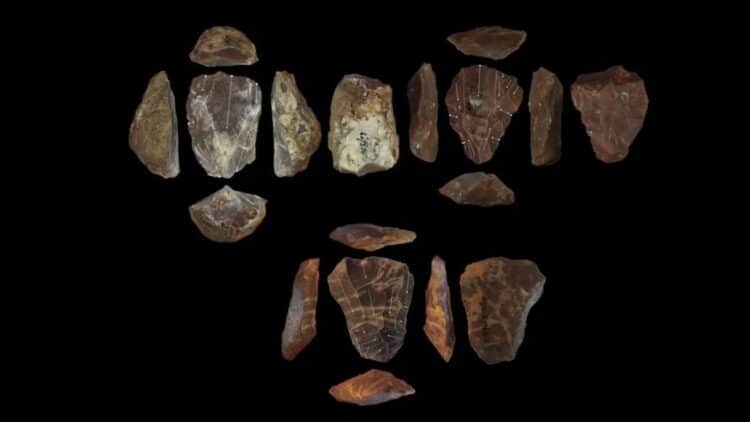For years, we’ve been told the same story: prehistory was a brutal arena. On one side, Homo sapiens. On the other hand, Neanderthals. Two species clashing over food and land until one disappeared and the other took over the planet. But archaeology loves to turn our assumptions upside down. Deep inside a modest cave in central Israel called Tinshemet, researchers stumbled on something that shakes up this neat version of events. And it’s not just dusty bones.
Rethinking the ancient story: What really happened between Homo sapiens and Neanderthal?
The long-standing idea was simple: coexistence without real contact. They might have crossed paths, sure, but mostly they competed. The Tinshemet discoveries tell a different tale. It’s evidence that points to shared lives, shared rituals, and even shared beliefs about what might lie beyond death. In short, the new findings don’t just tweak the old story — they rewrite it. Archaeologists found similar stone tools, shared burial practices, and traces of red ochre pigment — almost certainly used for body painting or marking group identity.
“Our data show that human connections and population interactions have been fundamental in driving cultural and technological innovations throughout history,” explained Yossi Zaidner, the lead researcher.
In other words, they weren’t just neighbors. They were exchanging knowledge and, in some cases, ways of life. The study published in Nature Human Behaviour even framed this as solving one of the great questions of paleoanthropology: Neanderthals and Homo sapiens not only coexisted, they worked side by side. How did the team figure this out?
- Stone tool production → shared chipping and cutting methods.
- Hunting strategies → converging techniques that suggest learning from one another.
- Symbolic behavior → use of ochre for decoration or social distinction.
- Social complexity → the earliest formal burials of this period.
The pattern is clear: cooperation wasn’t the exception. It was woven into everyday life.
When the first graves whispered of life beyond death
One of the most striking finds at Tinshemet is the set of group burials. These weren’t hurried burials of isolated bodies — they look more like a carefully planned cemetery, perhaps the first one humanity ever created. Inside the pits, archaeologists uncovered:
- carefully arranged stone tools,
- animal bones deliberately placed with the dead,
- and fragments of red ochre.
Put together, these details hint at something deeper: the emergence of symbolic rituals. Maybe these people believed in an afterlife. Maybe they were marking identity, or reinforcing bonds between groups. Either way, it points to a growing sense of community — and transcendence. And here’s a twist worth noting: archaeologists recently discovered that Neanderthals didn’t become extinct as we thought. Their genes live on inside us, and now, apparently, parts of their culture might as well.
Where rivalry met alliance: The tension that forged humanity’s mosaic
Of course, this wasn’t some prehistoric utopia. There was competition too — for land, for food, for survival itself. But what’s fascinating is how rivalry and cooperation existed side by side, shaping both species. Around 110,000 years ago, the Levant was enjoying relatively stable climatic conditions. More food, more encounters, more reasons for different groups to meet. That environment became a catalyst for social mixing.
Over time, Neanderthals, pre-Neanderthals, and Homo sapiens absorbed each other’s habits, creating a unique cultural mosaic. And that mosaic may have been the real spark of progress.
Because what truly set early humans apart wasn’t just raw intelligence — it was the ability to learn together, pass knowledge along, and adapt faster than ever before. And no, this isn’t the only historical revelation grabbing headlines. Just recently, China made the discovery of the millennium, discovering a new human species. Our family tree is still branching in ways we never imagined.


